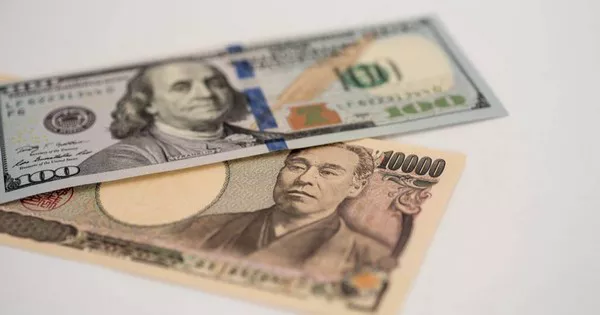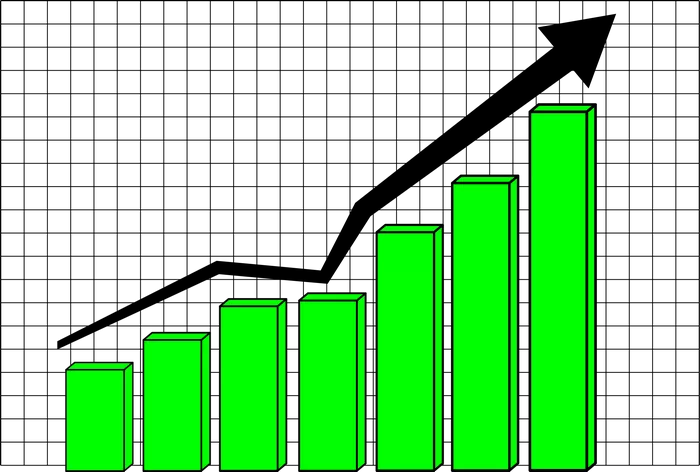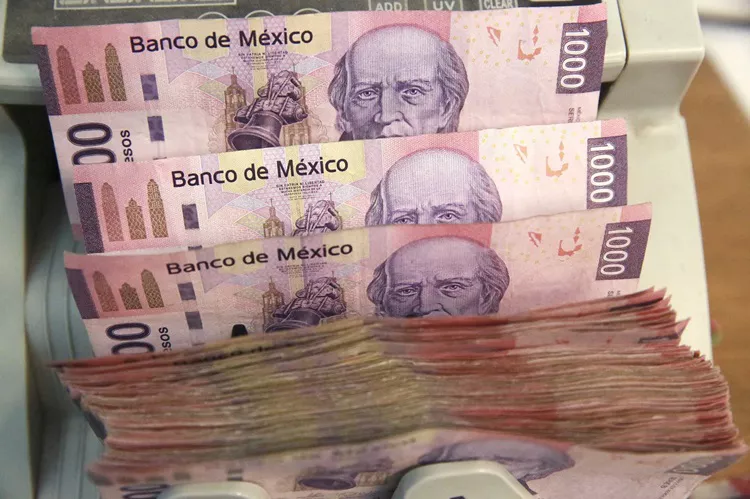The question of whether the Canadian Dollar (CAD) or the US Dollar (USD) is worth more is a fundamental inquiry for individuals, businesses, and investors dealing with cross-border transactions or international trade. Understanding the value difference between these two currencies can have a significant impact on financial decisions, including exchange rates, investments, and travel expenses. In this article, we will explore the comparative value of CAD and USD, the factors influencing their exchange rates, and the historical trends that have shaped their relationship.
Understanding Currency Value
Before diving into the specific comparison between CAD and USD, it is important to understand what determines the value of a currency. Currency values are primarily influenced by supply and demand dynamics in the foreign exchange (forex) market. These dynamics are shaped by a variety of factors, including:
Economic Conditions: The strength of a country’s economy affects the demand for its currency. A strong economy typically boosts confidence in the currency, leading to a higher value.
Interest Rates: Higher interest rates attract foreign investment, which increases demand for a currency and can raise its value.
Inflation Rates: Currencies from countries with low inflation tend to be more valuable, as inflation erodes purchasing power.
Government Policies: Central banks and government policies, such as fiscal and monetary policies, can influence the value of a currency.
Geopolitical Stability: Political stability and a country’s international relations can impact its currency value.
With these factors in mind, we can now take a closer look at the relationship between the Canadian Dollar (CAD) and the US Dollar (USD).
1. Exchange Rate Between CAD and USD
The exchange rate between CAD and USD fluctuates based on the aforementioned economic and geopolitical factors. Historically, the US Dollar has been stronger than the Canadian Dollar, but this has not always been the case. The exchange rate is influenced by various factors, such as:
Current Exchange Rate
The most up-to-date exchange rate between CAD and USD can be found through financial news platforms, forex trading websites, or currency converter tools. Typically, one US Dollar is worth more than one Canadian Dollar. For example, if the exchange rate is 1 USD = 1.35 CAD, it means that for every US Dollar, you will receive 1.35 Canadian Dollars in exchange. However, these rates are subject to daily fluctuations.
How the Exchange Rate is Determined
The exchange rate is determined by supply and demand in the forex market. When demand for USD increases, its value rises relative to CAD, and vice versa. For example, if there is increased demand for US exports, foreign buyers may need to convert their currency to USD, which drives up the value of the US Dollar relative to the Canadian Dollar.
In the past, the exchange rate has been influenced by Canada’s close trade relationship with the United States. As Canada’s largest trading partner, the demand for CAD is often closely tied to the economic performance of the US. Additionally, fluctuations in commodity prices, particularly oil, can impact the value of the Canadian Dollar, as Canada is a major oil exporter.
2. Factors Affecting the Value of CAD and USD
Economic Growth and GDP
The economic strength of both Canada and the United States plays a significant role in determining the value of their respective currencies. The US economy is the largest in the world, with a GDP of over $25 trillion. Canada, with a smaller GDP of approximately $2 trillion, is more dependent on the economic performance of its southern neighbor.
The US economy is more diversified, with significant contributions from industries like technology, finance, and manufacturing. In contrast, Canada’s economy is heavily reliant on natural resources such as oil, gas, and minerals. As a result, fluctuations in global commodity prices, especially oil, can have a more pronounced effect on the value of CAD.
Interest Rates and Inflation
Interest rates set by central banks also play a key role in determining currency values. The Federal Reserve, which is the central bank of the United States, influences the value of the US Dollar through its interest rate policies. When the Federal Reserve raises interest rates, it typically strengthens the US Dollar, as investors are attracted to the higher yields offered by US assets.
Similarly, the Bank of Canada sets interest rates for the Canadian economy. When the Bank of Canada raises interest rates, it can lead to a stronger Canadian Dollar as investors seek higher returns in CAD-denominated assets.
Inflation rates also impact currency values. The US has historically had lower inflation rates compared to Canada, contributing to the strength of the US Dollar. Lower inflation allows a currency to retain its purchasing power, making it more attractive to investors.
Trade Balances and Current Accounts
Another important factor affecting currency value is a country’s trade balance, which reflects the difference between its exports and imports. The United States runs a trade deficit, meaning it imports more than it exports. This leads to a constant demand for foreign currencies to pay for imports, which puts downward pressure on the value of the US Dollar.
Canada, on the other hand, often runs a trade surplus due to its natural resource exports, especially oil and minerals. A trade surplus can support the Canadian Dollar, as foreign buyers need to purchase CAD to pay for Canadian goods and services.
Commodity Prices and Resource Dependency
Canada is a major exporter of commodities, particularly oil, natural gas, and minerals. As a result, the value of the Canadian Dollar is often correlated with the prices of these commodities. When oil prices rise, the Canadian Dollar tends to appreciate, as higher oil prices increase demand for CAD. Conversely, when commodity prices fall, the Canadian Dollar can weaken.
The US economy is less dependent on commodities, with a more diversified industrial base. While commodity prices can influence the value of the US Dollar, the impact is less pronounced than for Canada.
Geopolitical Events and Stability
Both Canada and the United States are relatively stable countries politically, but geopolitical events can still influence their currency values. For example, trade tensions between the US and other countries, such as China, can affect the value of the US Dollar. Similarly, changes in US foreign policy, elections, or government shutdowns can impact market sentiment and, in turn, the value of the USD.
In comparison, Canada’s political stability and strong institutions contribute to the overall confidence in its economy and currency. However, Canada’s economy is still influenced by external factors, particularly those related to the US and global commodity markets.
3. Historical Trends Between CAD and USD
Historically, the US Dollar has been stronger than the Canadian Dollar. In fact, since the mid-20th century, the US Dollar has generally been valued higher than the Canadian Dollar. This is partly due to the larger and more diversified US economy, as well as the global demand for the US Dollar as a reserve currency.
However, there have been times when the Canadian Dollar has appreciated to parity with the US Dollar. For example, in 2007, the exchange rate between CAD and USD reached near parity, meaning that one Canadian Dollar was worth nearly the same as one US Dollar. This was due to a combination of factors, including rising oil prices, a strong Canadian economy, and a weak US Dollar.
In recent years, the exchange rate has fluctuated, with the US Dollar generally remaining stronger than the Canadian Dollar. As of 2025, the exchange rate is typically around 1 USD = 1.35 CAD, meaning that one US Dollar is worth more than one Canadian Dollar. However, fluctuations are common, and the value of both currencies can change based on economic and geopolitical events.
4. Practical Implications: CAD vs USD
For Travelers
For travelers, the strength of the US Dollar relative to the Canadian Dollar can have a significant impact on their expenses. If you are traveling from the United States to Canada, your US Dollars will go further, as they are typically worth more than the Canadian Dollar. Conversely, if you are traveling from Canada to the United States, you will need more Canadian Dollars to get the same value in USD.
For Investors
For investors, the value of CAD and USD can impact their returns on international investments. If the Canadian Dollar strengthens relative to the US Dollar, investments in US assets may yield lower returns when converted back to CAD. On the other hand, if the US Dollar strengthens, Canadian investors may benefit from higher returns on US-based assets.
For Businesses
For businesses engaged in cross-border trade or foreign exchange, understanding the relative strength of CAD and USD is crucial. A weaker Canadian Dollar can benefit Canadian exporters by making their goods and services more affordable for foreign buyers. However, it can also increase the cost of importing goods from the United States, which can affect profit margins.
Conclusion
In most cases, the US Dollar is worth more than the Canadian Dollar, with one US Dollar typically being exchanged for more than one Canadian Dollar. The value of the US Dollar is supported by the size and diversification of the US economy, as well as its status as the world’s reserve currency. The Canadian Dollar, on the other hand, is influenced by factors such as commodity prices and its close economic relationship with the United States.
While the US Dollar generally holds a higher value, the exchange rate between CAD and USD can fluctuate based on a range of economic, political, and global factors. Therefore, the question of which currency is worth more is not always straightforward, and it can change over time based on the forces that drive the global economy. For individuals, businesses, and investors, staying informed about the exchange rate and the factors that influence it is essential for making informed financial decisions.
Related topics:



























